There are many offline advertisements for Vivo NEX 3 recently, and I have seen it often in the subway station more than once. On the last day of the Mid-Autumn Festival, I saw it from the transfer line of Beijing Metro Line 6 to Line 5, and flew to Shanghai to see it from Lujiazui Station. Even the small partner who was far away from Guangzhou got into the subway and saw the vivo. NEX 3.
This shows that Vivo has paid enough attention to the new flagship of this NEX series.
It’s not easy to break through in the Jin Ge Iron Horse in September. Especially on September 16th, this time is neither a starter nor a final battle. It is in the middle to stand out and only rely on product strength to speak.
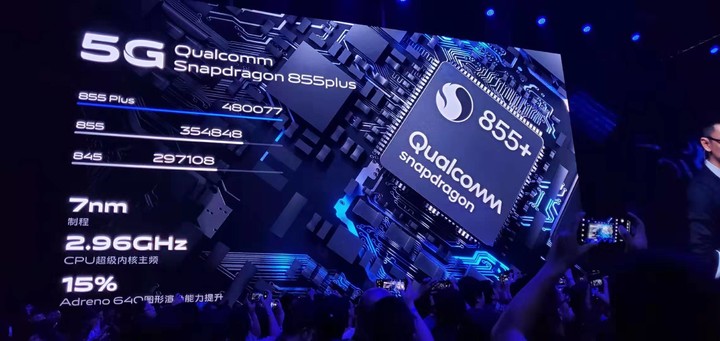
As a flagship product, the vivo NEX 3 naturally features the Qualcomm Snapdragon 855 Plus platform with up to 12GB of memory and up to 256 GB of USF 3.0 storage. Unexpected configuration, performance is well known to everyone, so this part is fast, and directly talk about the most important features of vivo NEX 3.
What is the hottest technology in the second half of the year? It’s not a folding screen or 100 million pixels, but the 5G era has been rushing.
vivoNEX 3 is a mobile phone that supports 5G network. The specific solution uses Qualcomm Snapdragon 855 Plus + X50 baseband, which is also a classic combination.
The Xiaolong X50 baseband was released as the world’s first 5G baseband in 2016. It is not only the absolute hero of the 5G commercial process through various industry test tests, but also the most widely used 5G baseband in the world. Qualcomm is also constantly updating its technical support, including the launch of the multi-tiered Opteron 5G platform at the just-concluded IFA. The extensive mobile platforms including the Phenom 8 Series, 7 Series and 6 Series will support terminal manufacturers to accelerate 5G in the next year. More consumers.
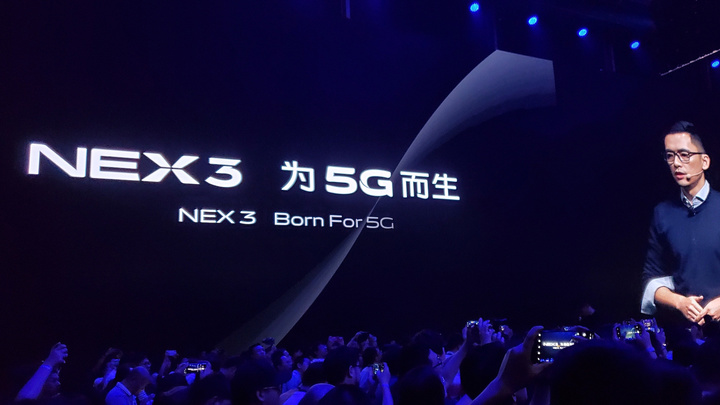
Before the press conference, the product manager of vivo NEX 3, Ding Guanli, said that the vivo NEX 3 is a mobile phone born for 5G, but we can see it now, and everyone says that it is born for 5G. But the key is to look at the design and function, what Vivo did for 5G.
vivo NEX 3 5G is not the first mobile phone to support 5G network. This name has been taken away by iQOO Pro last month, but the NEX series is a system with iQOO.The product line with different column positioning, we always look forward to seeing more about the details of the technology in the NEX series.
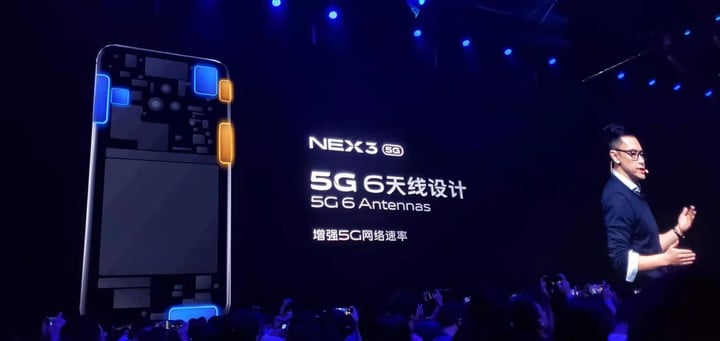
In this regard, the answer to vivo NEX 3 is the antenna, battery life and heat dissipation.
The antenna part of vivo NEX 3 adopts 5G 6 antenna design, antenna decoupling technology, and dual-side distributed antenna technology to ensure long-term signal stability.
The so-called 5G 6 antenna design splits the four antennas that were originally used to receive the 5G signal, and then performs depth optimization for different frequency bands, and finally achieves the goal of improving the performance of the 5G antenna by 10-20%.
In addition, the antenna coupling technology increases the anti-jamming performance. The side distributed antenna effectively reduces the signal attenuation caused by the holding posture, and also solves the challenge of adopting the “waterfall screen”.
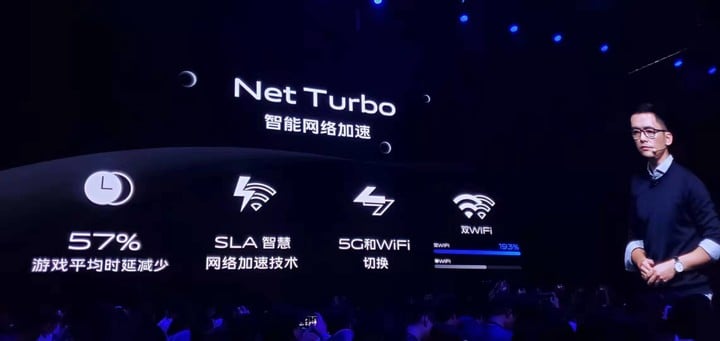
The stability of the 5G signal is the basis for everyday use, and the stability of Wi-Fi becomes another top priority when playing games.
No signal, then the fun game will also face the situation of Caton dropped, the network problem is not caused by its own technology, it will definitely make many players angry to want to drop the phone. Therefore, Vivo Nex3 is equipped with real-time dual-band Wi-Fi technology supported by Qualcomm. Simply put, the mobile phone can simultaneously connect Wi-Fi in both 2.4GHz and 5Ghz bands to achieve dual-band concurrency.
What is the use of connecting two Wi-Fi? We all know that the advantage of 5GHz Wi-Fi is strong anti-interference and low latency, while 2.4GHz Wi-Fi is characterized by strong coverage of the wall, and real-time dual-band Wi-Fi just makes the two complement each other. The effect is fast, low delay, good coverage and stable connection.
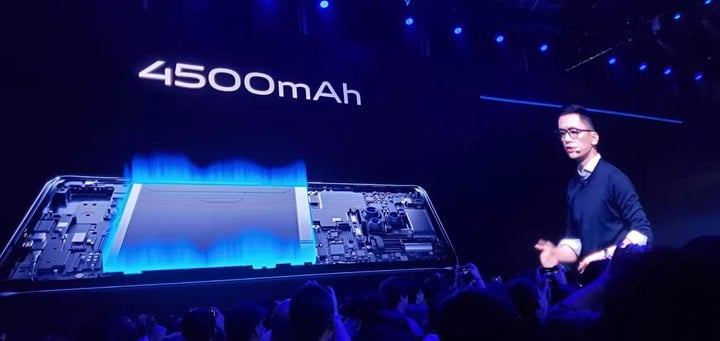
Before I talked about the optimization of 5G for the antenna NEX 3 in the antenna, but the change brought by 5G will be a reflection on the overall configuration. For example, the current 5G is still more power-consuming, and the big battery has become a 5G mobile phone. Another indispensable configuration.
4500mAh battery is not the biggest, but it is definitely the top level in the current mobile phone. The larger battery also makes the vivo flagship “traditional art” – 44W super flash charging in the first half of the charge brings more Great advantage.
At the end of the heat dissipation, the vivo NEX 3’s zero-sensing hot plate cooling system allows the CPU temperature to be reduced by 10 °C under high load.
At this point, this part of 5G is finished.
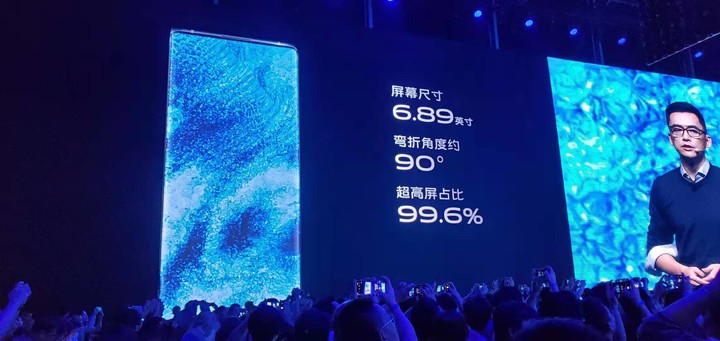
But this is just the effect of this screen form. In fact, what is more worthy of attention is the difference in screen performance compared to before. The luminescent material was changed from E2 to E3, reducing 42% of Blu-ray damage and reducing energy consumption by around 7%.
Other aspects, this screen covers 100% of the DCI-P3 color gamut and supports HDR10 video with brightness ranging from a minimum of 1.9 nits to a maximum of 800 nits.Local excitation brightness and DC dimming function.
The actual visual effect of the screen is good, but there are some popular features like 90Hz and 2K resolution. The product manager of the vivo product, Ding Guanli, said that after research, it is only a niche demand, and the vivo NEX 3 regrets missing.
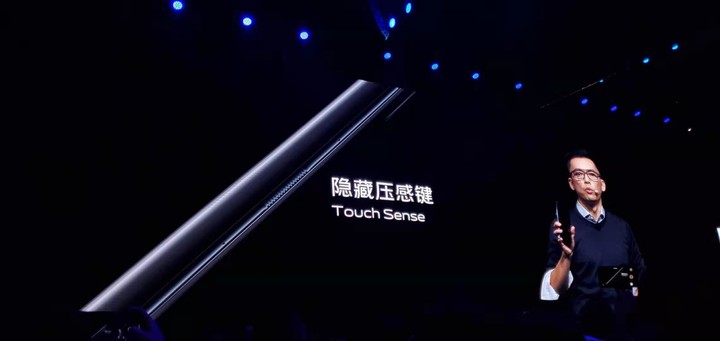
Other aspects worth mentioning are support for screen fingerprint unlocking, as well as side pressure sensitive buttons. Seven sensors are hidden below, and the X-axis linear motor can simulate a real keystroke of 70% or 80%. In addition, due to the use of a separate circuit, this pressure sensitive button can also be used when the phone is turned off.

vivo NEX 3 has two colors, which are deep-air streamer, which is called black, and the other is called liquid river. It belongs to the illusion color and changes with the light.
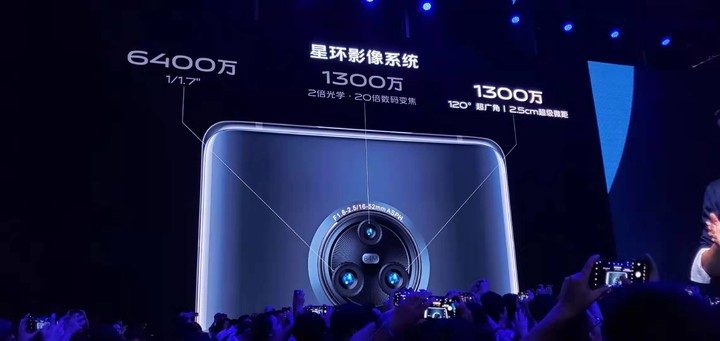
The conference was opened here. The hardware part has not been talked about. The vivo NEX 3 is equipped with the “Star Ring Image System”. The main photo is a 64-megapixel, 1/1.7-inch outsole wide-angle head, twoThe sub-photographs are twice the telephoto head of 13 megapixels and a 120-degree super wide-angle head of 13 megapixels, supporting 2.5cm macro shooting.
HDR photography has always been the strength of vivo. From the era of “backlighting is clear”, it has been working on HDR algorithm. This time, the vivo NEX 3 brings Hyper HDR, the dynamic range of portrait backlighting reaches 7.65EV, and the overall dynamic range reaches 12.3. EV, in short, is more tolerant, and it is not easy to say “dead black” or “white”.
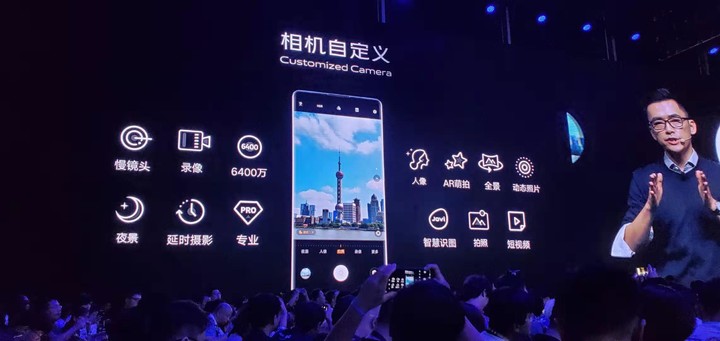
Other functions can support hairline level AI map, super night view 2.0, super square bucket mode and camera function customization, play and freedom.

After several parts of the hardware, the vivo NEX 3 also made great progress in the AI part. The “phone secretary” function of the live demonstration actually chatted with the real estate agent. This small theater also successfully brought the atmosphere.
Other features include sweeping 2.0, translator, AI music, navigation music unlocking, and… correcting jobs?

The site also announced a NEX 100+ Club membership, and the propaganda film appeared in the fan of Love Fan (a little scared at the scene).
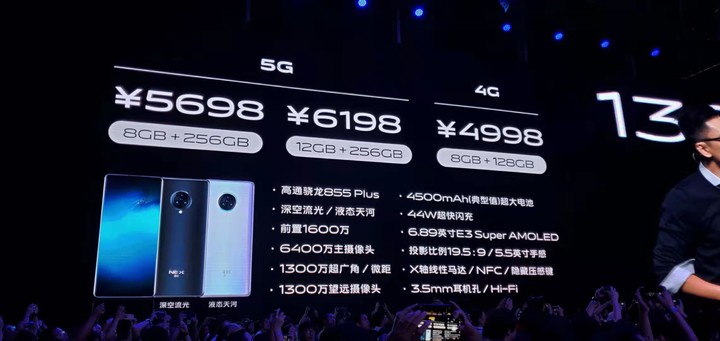
The last is the price that everyone cares about. There are three versions of this Vivo NEX 3:
8GB+256GB 5G version is priced at 5698 yuan
12GB+256GB 5G version is priced at 6198 yuan
8GB+128GB 4G version, 4998 yuan
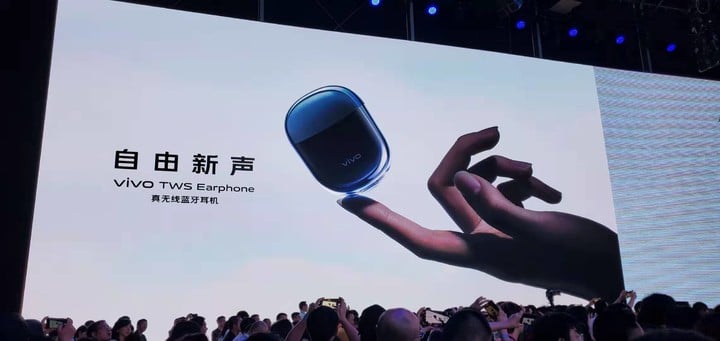
Don’t worry, there is also a One More Thing, which is the TWS true wireless headset that has been warming up before. The headset and vivo systems are deeply customized, and the binaural transmission is independent. The delay is reduced to 180ms. Support Open and connect and aptx format. And this true wireless Bluetooth headset also launched the world’s first Qualcomm QCC5126 (here for the applause). The headset supports wake-up Jovi, a single battery life of 4 hours, and can last up to 24 hours with the charging box.

vivo TWS Earphone The true wireless Bluetooth headset is priced at $999. There are two blue and white colors, which will be available for sale on September 28.
Finally, do you think this NEX has met your expectations?